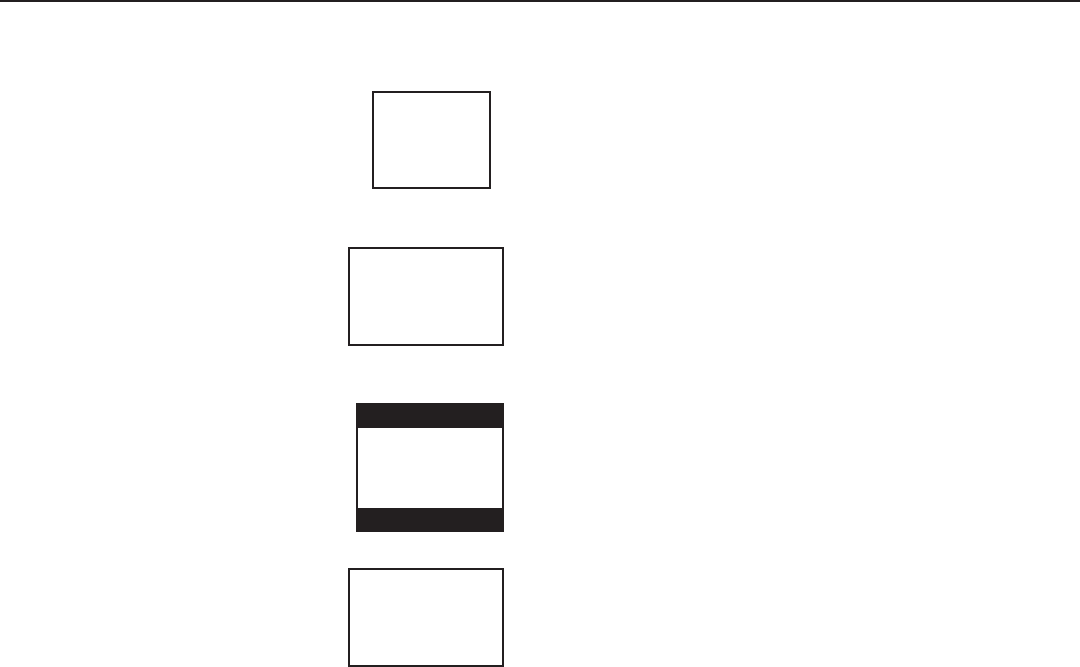
17
Rosen Entertainment Systems
Motion picture fi lm and cameras, and later tele-
vision screens, were originally designed around
a screen size that was almost square - it was
one-third wider than it was high (another way to
say this is that it had a width-to-height ratio, or
aspect ratio, of 4:3. This ratio, 4:3, can also be
expressed as 1.66:1.)
When widescreen movies using technologies
like Cinemascope and Panavision became
popular, new aspect ratios were used for them
- 1.78:1, 2.35:1, and even 2.55:1. When high-
defi nition television was developed, a screen
shape of 16:9, or 1.85:1, was selected as the
best compromise for viewing widescreen movie
images.
When you watch widescreen movies on a
standard 4:3 television, there are “black bars”
on the top and bottom of the screen. This is
often called a “letterbox” image. The alternative
is called “pan-and-scan”, where the edges of the
image are “cropped” off.
This system uses a widescreen 16:9, or 1.85:1
display - the same aspect ratio as high- defi ni-
tion televisions. This means that when viewing
widescreen DVD’s, these black bars are either
non-existent, or greatly minimized.
4:3
1.66:1
16:9
1.85:1
MANAGING BLACK BARS
Letterbox
Widescreen
WHY ARE THE BLACK BARS STILL THERE SOMETIMES?
There are three possible reasons for black bars to appear on the top
and bottom of the display:
1) You are watching a widescreen movie with an aspect ratio
greater than 1.85:1. (For more options on dealing with this, see
below). Check the disc jewel box to determine the DVD’s aspect
ratio - if you see 2.3:1, 2.33:1, or 2.35:1, this applies.
2) The internal DVD player has been set for a 4:3 display instead of a
16:9, wide display. See DVD Setup on Page 19 to correct this.
3) The “widescreen” DVD movie you are viewing is not “anamorphic”
or “enhanced for widescreen televisions”. These fi lms, often older
DVD conversions, are not recommended for viewing on widescreen
displays. You can usually determine if your DVD was produced for op-
timum compatibility with widescreen televisions by looking for the word
“anamorphic” or the phrase “enhanced for widescreen televisions” on
the box.
WHAT CAN I DO?
Rosen recommends that for best results you use DVD’s that say “ana-
morphic” or “enhanced for widescreen televisions” on the box. How-
ever, this system can get rid of black bars with just about any DVD, by
following the steps on the next page.
Note: To watch “fullscreen” DVD’s or broadcast television (using
an optional TV tuner), you can use the DISPLAY button to
select “STANDARD”. This will properly size the image, instead
of stretching the image across the wide screen. In “STANDARD”
mode, you will see black bars on the sides of the image.


















